#Egyptomania
Text


𓆰𓅢 𝐁𝐨𝐧𝐞 𝐛𝐥𝐚𝐜𝐤 𝐛𝐞𝐚𝐬𝐭 𓅢𓆰
#ancient egypt#egyptomania#set animal#jackal#pen and ink#creature art#i hope this beast can bring you to check out (and marvel at) the star painted ceilings of Hatshepsut and Nefertari's tombs#or the jackals of Sennefer's tomb...
50 notes
·
View notes
Text
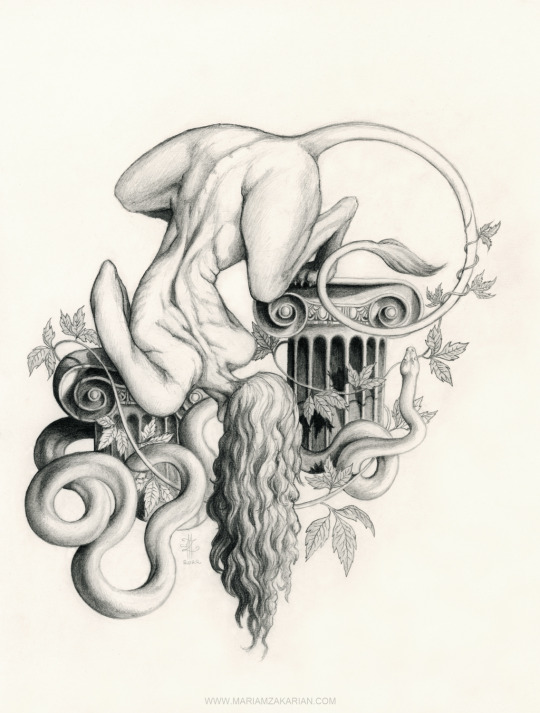
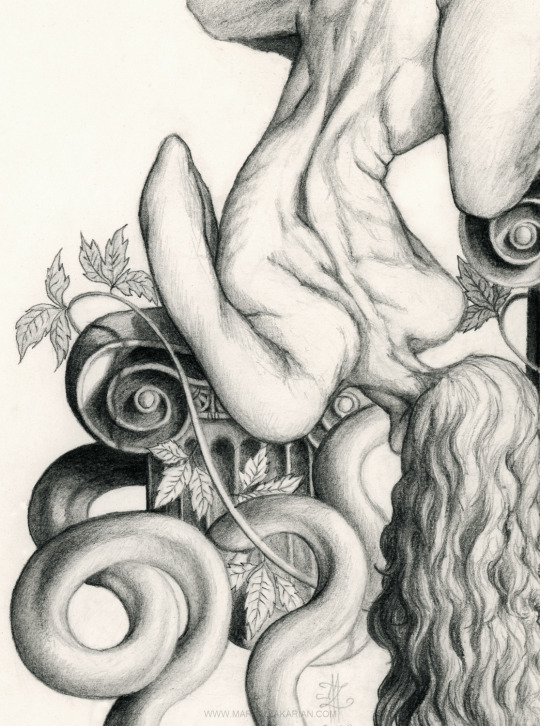

Sphinx and Serpent
Pencil drawing by Mariam Zakarian
Giclée prints at Zakarian.BigCartel.com
#mariam zakarian#unatur#sphinx#sphynx#egyptomania#egyptology#egypt#ancient#ancient greece#ancient Egypt#greek mythology#mythical creatures#poison ivy#poison plants#cottagecore#witchblr#witchcore#witchcraft#dark academism#dark academia#dark artists#dark aesthetic#snakes#snaketattoo#serpent#classical drawing#pencil drawing#pencils#graphite drawing#ionic column
283 notes
·
View notes
Text

#moodboard#paris#booksbooksbooks#dark academia#dark academia vibes#books aesthetic#classic literature#dark academia moodboard#dark academia aesthetic#dark acadamia aesthetic#cat mom#catlover#cats#cute cats#my cat#black cat#cats of tumblr#classic aesthetic#classic academia#ancient civilizations#ancient egypt#egyptology#egyptomania
24 notes
·
View notes
Text
Lost, but Not Forgotten: The Dancer of the Nile (1923)


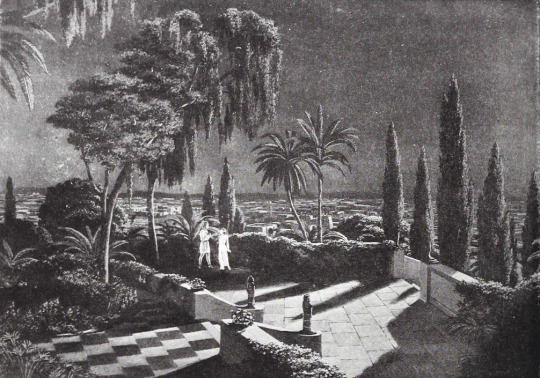
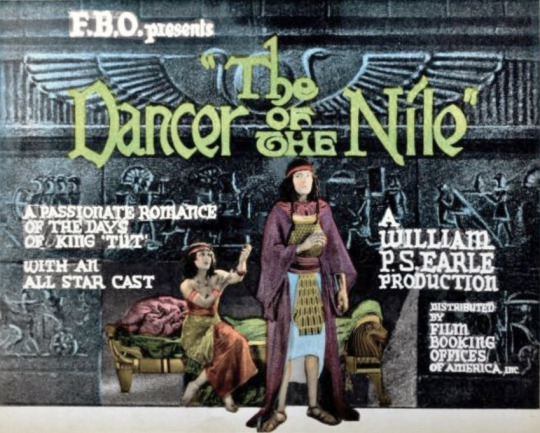


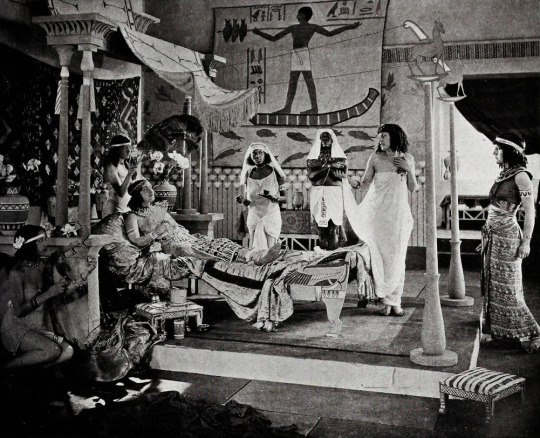
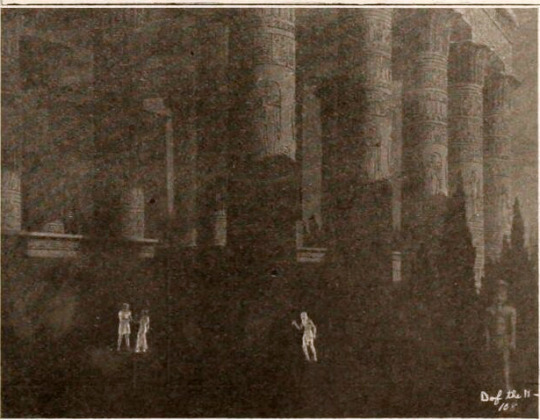

Alternate Titles: Tut-ankh-amen, Tutankhamen of Luxor
Direction: William P.S. Earle
Scenario: William P.S. Earle
Original Story: Blanche Taylor Earle
Production Manager: Dick L’Estrange
Camera: Jules Cronjager & Joe Goodrich (assistant)
Scenic Artist: Xavier Mochado
Set Designer: Paul Dodge
Technical Advisor: Capt. Dudley S. Corlette
Studio: William P.S. Earle Pictures Corporation (Production) & Film Booking Offices of America (F.B.O.) (Distribution)
Performers: Carmel Myers, Bertram Thomas Grassby, Malcolm McGregor, Anthony Merlo, Sam de Grasse, Iris Ashton, June Elvidge, Paul Weigel, Howard Gaye, Mother/Nellie Anderson, Beatrice Marsh, & Earle Marsh
Premiere: 12 October 1923, Loew’s New York, New York, NY
Status: presumed entirely lost
Length: 6 reels, 5,787 feet
Synopsis (synthesized from magazine summaries of the plot):
Princess Ankhnespaton [sic] (June Elvidge), daughter of King Akhnaton [sic] (Howard Gaye), has a run in with a band of thieves while traveling. Prince Karmit (Malcolm McGregor) of Syria arrives, disguised as a merchant, and saves the princess. The princess becomes enamored with Karmit and invites him back to the royal residence in Thebes.
While visiting the royal gardens, Karmit encounters a dancer, Arvia (Carmel Myers). He is instantly smitten. The princess is furious that Karmit has rebuffed her for a mere dancer.
Meanwhile, tension between those loyal to the king and those loyal to the old gods erupt when the seasonal flooding of the Nile river doesn’t occur. The princess finds in this situation an opportunity to get her revenge on Arvia.
The princess decrees that Arvia will be offered as a human sacrifice to the god Sobek, in order that the Nile will rise as expected. Arvia is adorned with a poisoned amulet to knock her out while she is fed to the crocodiles.
In an unexpected turn of events, the high priest Pasheri (Sam De Grasse) discovers that the intended sacrifice is his own daughter. Pasheri sneaks into the chamber where Arvia is to be sacrificed and saves her at the last moment.
With Pasheri’s aid, Karmit whisks Arvia away. As the Nile rises, the new couple sail away to Karmit’s kingdom to live happily ever after.
The princess goes on to marry Prince Tutankhamen (Bertram Grassby). And, after the death of her father Prince Tut will become King Tut.
Additional sequence(s) featured in the film (but I’m not sure where they fit in the continuity):
The Temple of Amun-Re is also depicted in the film.



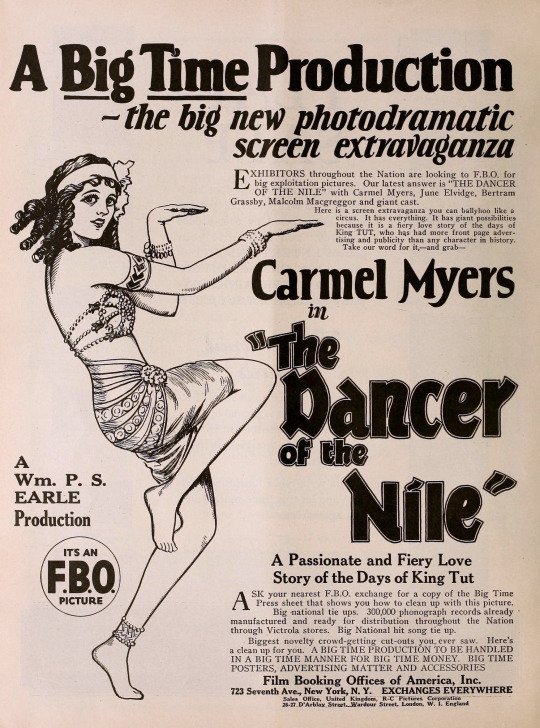


Points of Interest:
While many contemporary reviewers of The Dancer of the Nile (DotN) didn’t mark it as an especially good film, props were given for the artistic effects achieved by Director Earle. Earle and his brother, Ferdinand Pinney Earle, were both pioneers of the era in special effects.
Ferdinand was a painter who contributed matte paintings and art titles to many films of the 1910s and 1920s. While William was primarily a director, both brothers ambitiously created films that were on the cutting edge in regard to techniques of incorporating matte paintings with live actors/studio-shot footage.
For William, it was DotN, and for Ferdinand it was A Lover’s Oath (1920/1925, presumed lost save for a few fragments), which was an adaptation of Omar Khayyam’s Rubaiyat. (ATM, I’m planning on doing the next installment of this series on this film!)
(Explanatory note: One technique at use here involves double exposure. Part of the frame is obscured while filming, leaving the obscured part of the film unexposed. The film is then rewound, with the exposed part of the film obscured, to film another element. The final result is, hopefully, a cohesive sequence.
Another technique is shooting through painted glass, which, if painted and lit correctly, results in the painting and the scene occurring behind it appearing as a singular space.
For example, a fully painted environment with live actors moving across the scene. In DotN, there is at least one scene where a live actress ascends a set of stairs, which is a painting. These techniques require an amazing amount of precision, but when done right they can be really dazzling. The double-exposure matting technique has persisted through most of film history, albeit rarely at the scale the Earle brothers were using it!
Below is an illustration of how a moving version of matte photography works from a 1926 issue of Photoplay, followed by some stills from DotN that used the multiple-exposure technique.





I have a few posts coming up that go into more detail on how special effects were executed in films of the 1920s!)
William P.S. Earle’s focus on the artistic elements without much regard for story or characterization may have left many critics cold, but DotN did prove to be a lasting attraction, running in theatres around the world for years following its release. DotN was produced hot on the heels of the discovery of Tutankhamen’s tomb in 1922 in Luxor, which launched a new wave of Egyptomania. On one hand, Earle was cashing in on a trend, but on the other, he took the opportunity offered by assured profitability to experiment. In addition to the special effects discussed above, Earle attempted to capture as much period accuracy as possible in the painted settings, props, and costumes. Balancing historical accuracy with perceived “authenticity” in period art is exceedingly difficult—Earle seemingly had mixed success. However, one contemporary review in the magazine Art and Archaeology by Dudley S. Corlett (also the film’s technical advisor) is highly complementary of DotN’s attention to historical and artistic detail. [You can find the review in the transcription section!]
After Earle had more or less finished DotN, F.B.O. bought “Tut-ankh-amen” for distribution. F.B.O. financed reshoots that shifted the narrative away from Tut and towards Arvia, the dancer—hence the title change. I guess F.B.O. believed that cashing in on the trend of movies about dancers would be more lucrative than cashing in on Tut-mania!
☕Appreciate my work? Buy me a coffee! ☕
---
Transcribed Sources & Annotations over on the WMM Blog!
#1920s#1923#lost film#Lost but not forgotten#Dancer of the Nile#tutankhamun#classic film#classic movies#film#silent film#american film#silent movies#silent cinema#silent era#egyptomania#film history#history#William P.S. Earle#movies#Blanche Taylor Earle#Carmel Myers
42 notes
·
View notes
Text

Fragment of a Queen's Face, possibly Nefertiti
Egypt, New Kingdom, ca. 1390–1336 B.C.
Yellow jasper, h. 5 1/8 in.; w. 4 15/16 in.; d. 4 15/16 in.
#ancient egyptian art#ancient egypt#ancient sculpture#nefertiti#art#fine art#artwork#sculpture#ancient statues#antiquities#antiquity#egyptian art#jasper#portrait#portrait sculpture#egyptian history#met museum#new kingdom#face#lips#ancient history#ancient art#egyptology#egyptomania#archeology
16 notes
·
View notes
Text


13 notes
·
View notes
Text


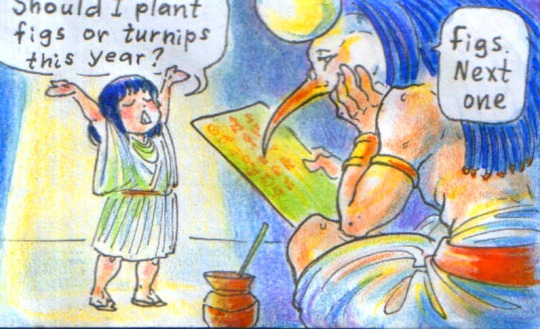
#egyptomania#gods of egypt#egyptian gods#egyptian#egyptology#ancient egypt#aph egypt#traditional sketch#traditional drawing#mithology#abydos#comics#funny art
144 notes
·
View notes
Text

25 notes
·
View notes
Text

Lubov Tchernicheva as Cleopatra, 1918.
©E.O. Hoppé Estate Collection.
13 notes
·
View notes
Text
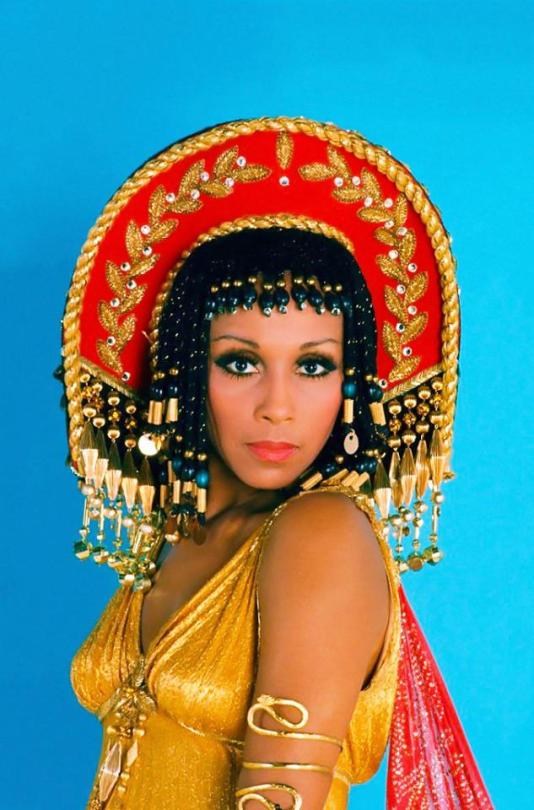
HAPPY HALLOWEEN!
Actress Diahann Carroll in a Cleopatra inspired costume, photographed by Steve Schapiro, 1975.
19 notes
·
View notes
Text



The metropolitan museum of nyc 🗽
#met gala#metmuseum#met museum#metropolitan museum of art#the metropolitan museum of art#modern art#art deco#contemporary art#artistic#pixel art#arte#street art#artwork#art#my art#traditional art#original art#artists on tumblr#gay kiss#gay village#gaypride#egyptomania#gods of egypt#egyptology#egyptian#egypt#ancient egypt#gay couple#gayboy#gay love
3 notes
·
View notes
Photo
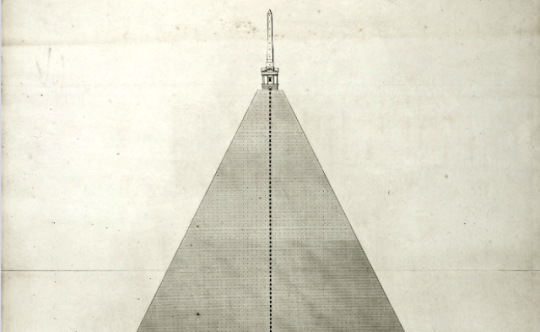
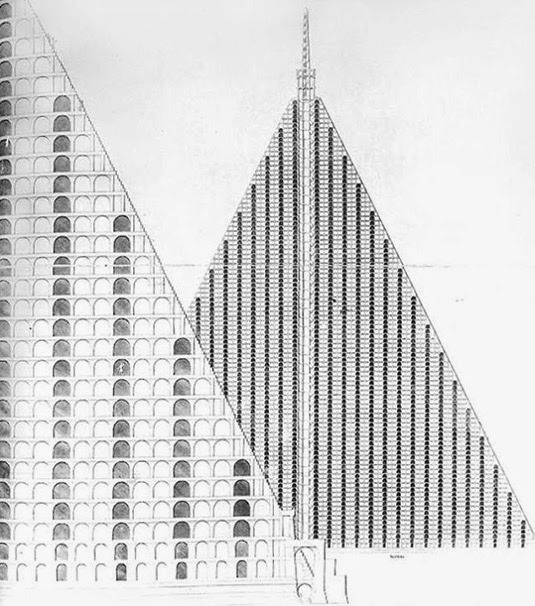
I am once again thinking about the 'Metropolitan Sepulhcre' a 1500ft tall pyramid full of corpses that was proposed for Primrose Hill. Imagine living with that.
33 notes
·
View notes
Text
Happy June, everybody. The Antiques Freaks delve into the weird, wild, and wonderful world of vintage and antique produce crate labels to emerge from a twisted game with shocking treasures.
#fruit crate labels#produce crate labels#vintage#antique#antiques freaks#podcast#egyptomania#(yes really)
2 notes
·
View notes
Text
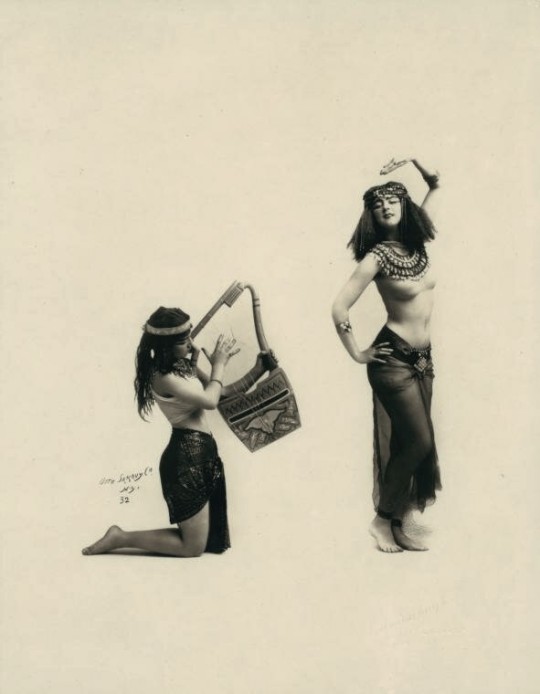
Ruth St. Denis (born Ruth Denis; January 20, 1879 – July 21, 1968) was an American pioneer of modern dance, introducing eastern ideas into the art. She was the co-founder of the American Denishawn School of Dancing and Related Arts and the teacher of several notable performers.
19 notes
·
View notes
Text
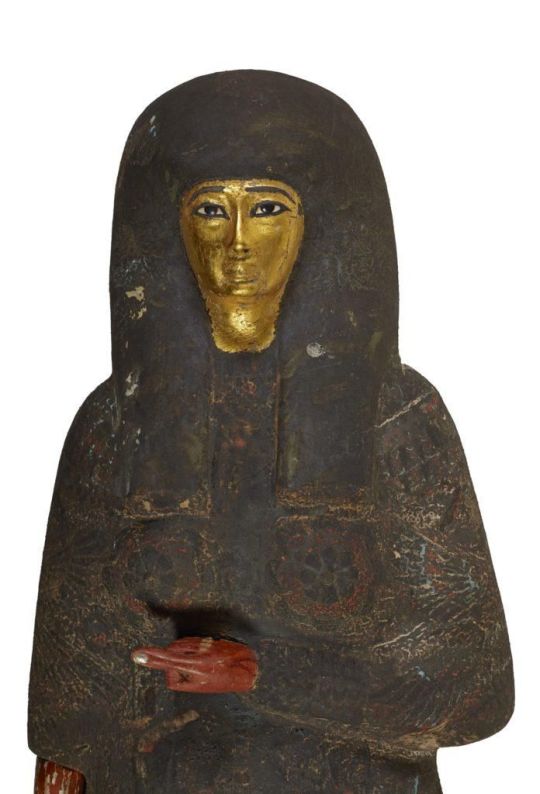
Mummy case with gilded face (cleaned in the 1970s) containing the mummified body of a young girl called Tjayasetimu. The mummy case has been covered in black goo. Egyptian, c. 900 BC. read more
Ancient Egyptian coffins and mystery of ‘black goo’ | British Museum
4 notes
·
View notes